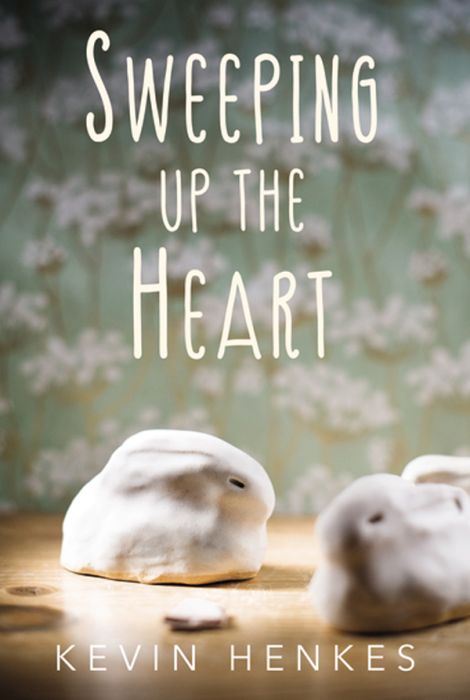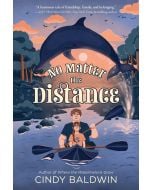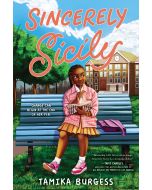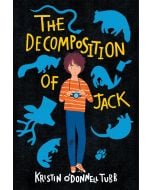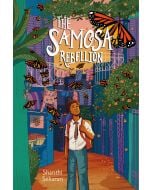
Sweeping Up the Heart
By Kevin Henkes
Edition
By Kevin Henkes
Hardcover edition
Publisher HarperCollins Imprint Greenwillow Bks. ISBN9780062852557
Sweeping Up the Heart
 11.5
11.5
Out of stock
SKU
9780062852557J
Amelia Albright dreams about going to Florida for spring break like everyone else in her class, but her father—a cranky and conservative English professor—has decided Florida is too much adventure. Now Amelia is stuck at home with him and her babysitter, the beloved Mrs. O’Brien. The week ahead promises to be boring, until Amelia meets Casey at her local art studio. Amelia has never been friends with a boy before, and the experience is both fraught and thrilling. When Casey claims to see the spirit of Amelia’s mother (who died ten years before), the pair embark on an altogether different journey in their attempt to find her.
|
Standard MARC Records Cover Art |
PG Middle Plus (Grades 5-8)
PG Middle Plus
PG Middle Plus (Grades 5-8)
For Grades 5-8
Designed for middle schoolers who love great storytelling but prefer a gentler reading experience, this 14-book collection offers entertaining and thought-provoking fiction without controversial themes. These selections ensure an enjoyable and appropriate reading journey for all.
14 books per Year
$256.90 per Year
Interests
Novels, Fiction, Funny/Humorous, Reluctant Readers

